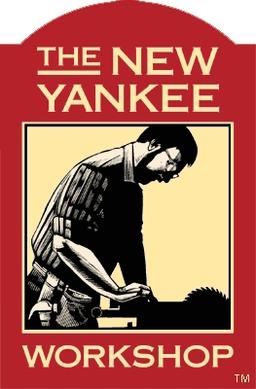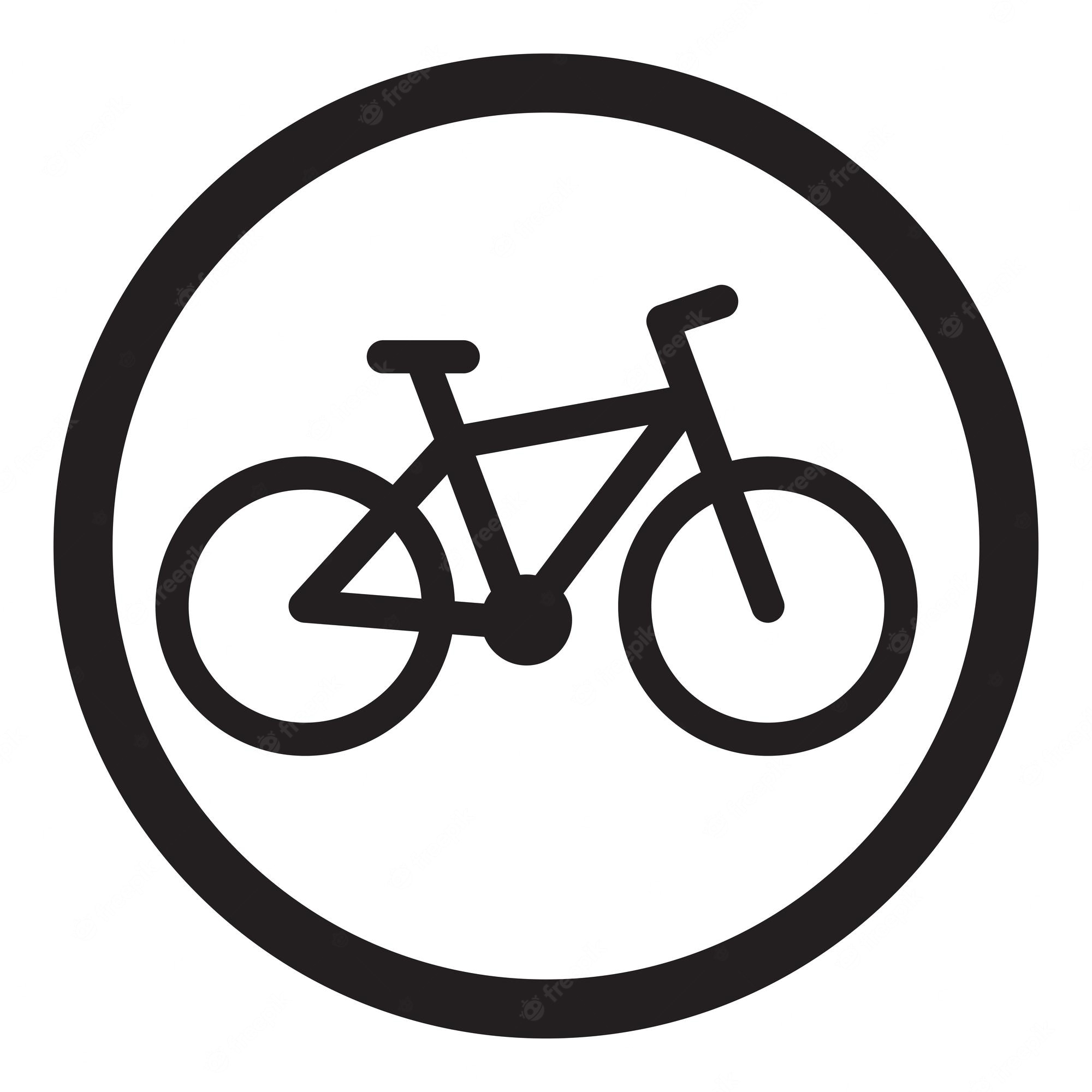

I think everyone has answered your question correctly so far. You can’t beat plywood for strength, but it is expensive. There are middle ground alternatives.
There is Medium Density Fibreboard (MDF) which is between the two on strength but takes paint brilliantly. Many cabinet makers use this exclusively for mid range quality furniture.
Even cheaper is chipboard which is about as bad, or worse than OSB but you can get it laminated. Most very cheap furniture from places like IKEA use it and it can do a reasonable job.
All of these materials have their quirks, mainly on how you finish end grain (even plywood). Both MDF and chipboard suck at taking a screw so you have to get special screws and use them carefully. Make sure you do some research, there’s plenty of YouTube videos on using the products.










You know what’s going to threaten way more birds than all those things put together? Climate change.
I agree that outdoor cats should be banned as well.